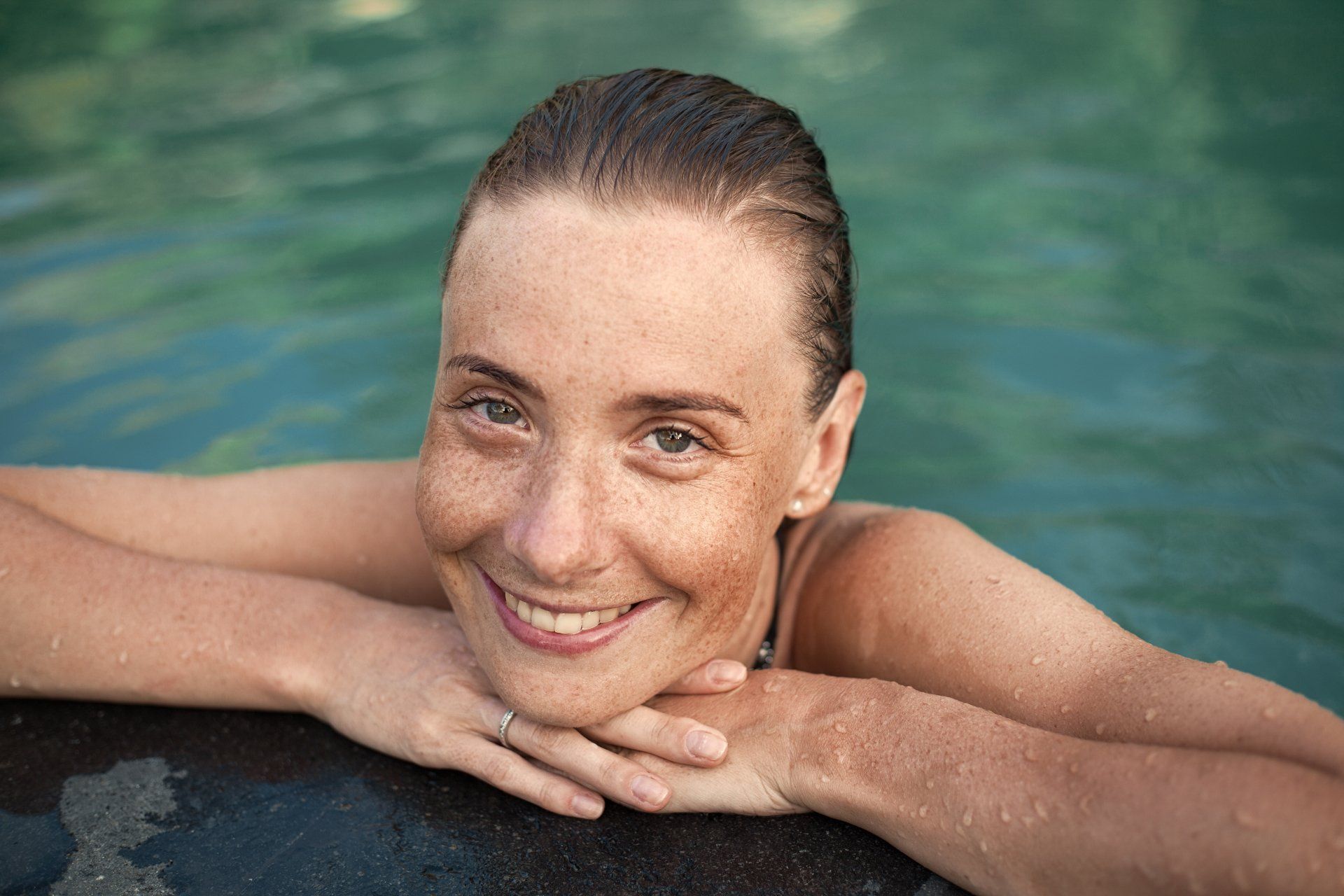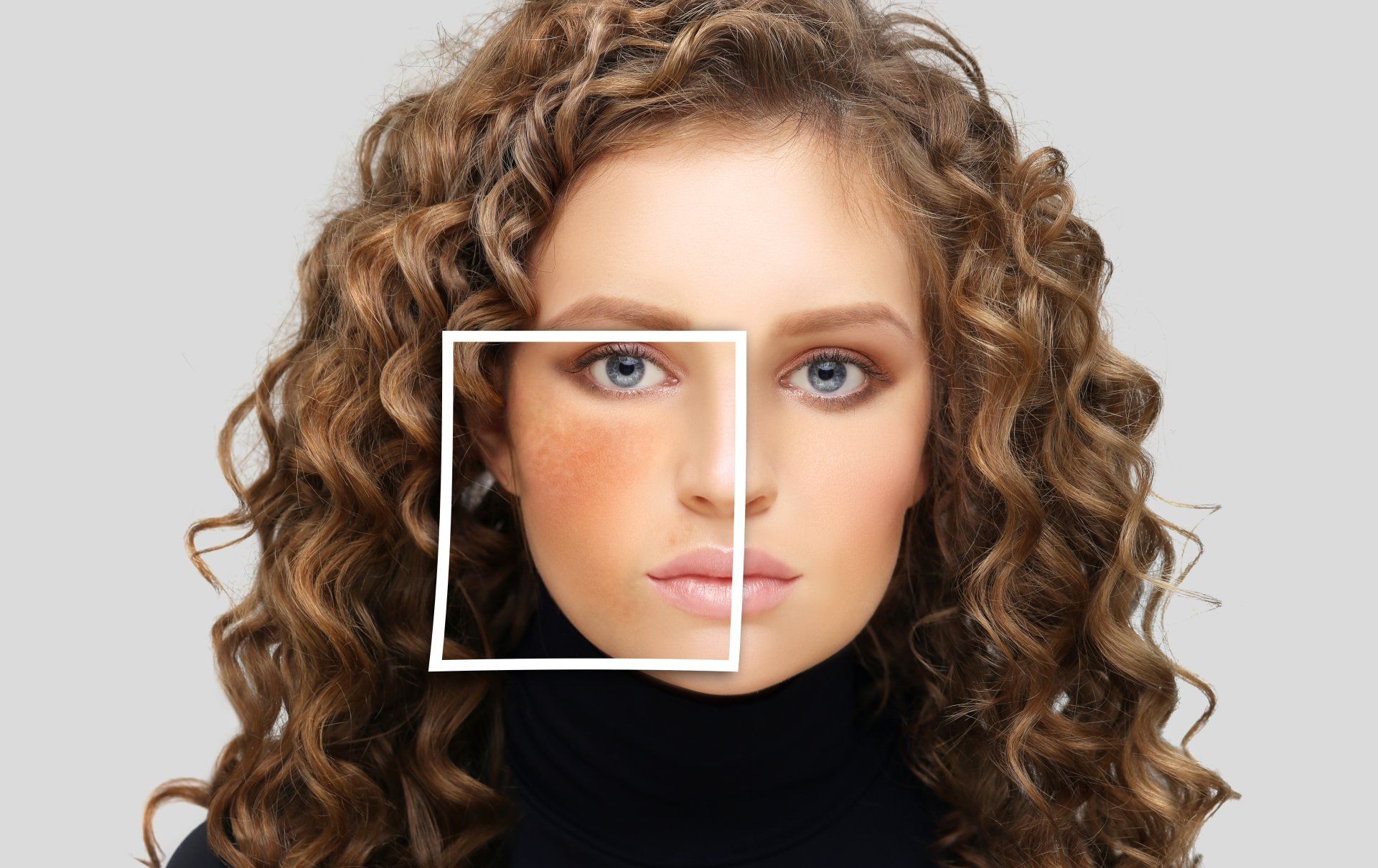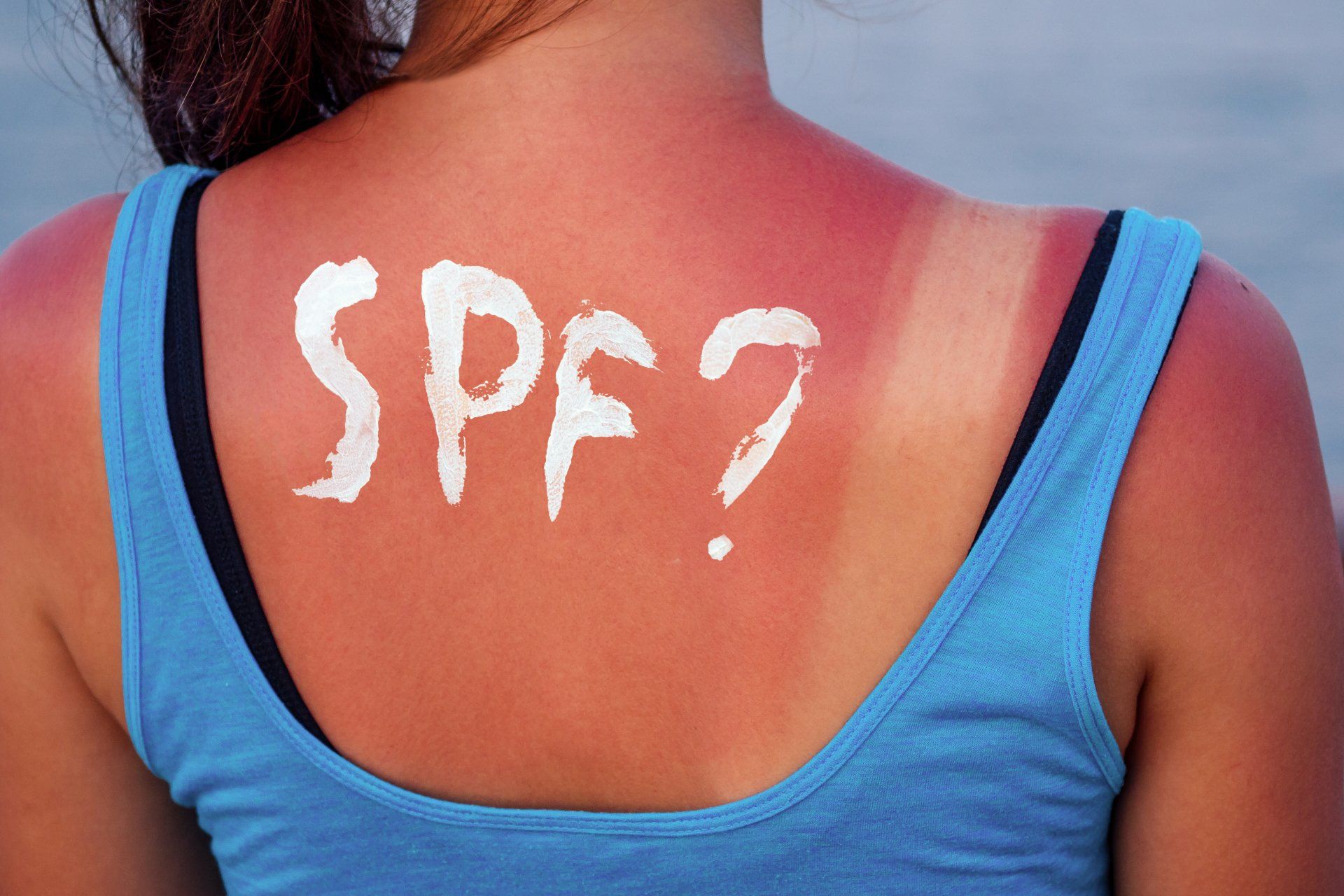Hyperpigmentation 411
- By J.Maxine MacGwyre, LMA, Nutrition Specialist
- •
- 26 Feb, 2020
- •

Dark spots, sun damage and overall hyperpigmentation are skin conditions most of us contend with, particularly as we age. It can be very frustrating, especially when tackling tough pigment. Perhaps you have googled DIY home treatments or experimented with various over the counter products, only to come up with a lack of results. Here is the key, each type of pigmentation requires a different solution, lifestyle changes, and professional guidance with corresponding treatments for real results.
What is Hyperpigmentation?
Melanin is our skin’s natural pigment which gives us our natural skin color. Melanin is produced by Melanocytes, a type of cell found in the Basal Layer of the Epidermis. Fair skin types have less melanin than those with more ethnic skin types. The Fitzpatrick Scoring Method is the way practitioners identify skin types based on level of natural pigment. There are 6 types, the lightest being a Fitzpatrick 1, like Nicole Kidman, and the darkest being Fitzpatrick 6, like Beyoncé.
Hyperpigmentation and uneven skin tone is a result of excess melanin production in our skin. But what causes this to happen?
Hyperpigmentation is more common than truly flawless skin…don’t be fooled by photoshop! Hyperpigmentaion is caused by a variety of factors ranging from hormonal changes to sun exposure and appears as a darker area of skin that can range from small freckle-like spots to much larger dark patches.
3 Most Common Skin Pigmentation Issues

Melasma
This type of hyperpigmentation is due to hormonal changes, most often seen in pregnant women, riding the rollercoaster of hormonal flux. This type of Melasma is known as the “pregnancy mask” due to the appearance of a mask-like pattern which can present on the jaw, chin, mouth and cheeks.
That said, any type of hormonal shift, can cause melasma including birth control pills, thyroid dysfunction and changes in natural hormone levels, such as the balance between estrogen and progesterone. In fact, melasma has even been linked to stress which results in an over-production of adrenaline which in turn, disrupts our hormone balance.
Melasma can begin to lighten with the help of brightening products and even more so, once hormones are under control and balanced. Additionally, applying a zinc-based SPF to all exposed areas of skin, should be routine whenever heading outdoors to prevent worsening the condition, even if it’s just running errands in the car.
Post-Inflammatory Hyperpigmentation (PIH)
Pigmentation caused by trauma to the skin is known as Post-Inflammatory Hyperpigmentation (PIH).
This type of pigmentation can occur in all skin types, however, it is more commonly seen in darker skin types. PIH is a result of skin darkening due to inflammation resulting from a variety of causes such as deep cystic acne leaving behind scarring, picking or squeezing pimples, over exfoliation, bruises, scratches, burns and cuts.
Inflammatory skin conditions such as eczema and psoriasis, can also cause this type of pigmentation, as can a severe sunburn or allergic reaction.
Successful treatment of PIH depends upon identifying the cause. If, for example, pigmentation is the result of acne breakouts, controlling sebum and bacterial production with professional treatments and home care regimen as well as dietary changes to improve the gut microbiome, will cumulatively result in positive change for the skin.
Sun Damage/Environment
The most common cause of hyperpigmentation is over-exposure to UV rays. Sun exposure causes an imbalance in our skin’s melanin levels and increases inflammation in the skin…SKINflammation. Of course, sadly, those of us in the AgeManagement Camp knew precious little about sun protection in our youth and are now paying the piper.
Going outside without sunscreen is the number one cause of this form of hyperpigmentation. The FDA recommends wearing a Broad Spectrum SPF 30 every time you head outdoors! To maximize sun protection, wear a hat, sunglasses with UV protection and UPF clothing (REI has a great selection). Also avoid sun exposure during the middle of the day.
SkinRevision retails a variety of Zinc Oxide based, reef-safe, cruelty-free and chemical-free solutions ranging from 8 hour water-resistant sport SPF to daily use SPF in both tinted and untinted options, which also multi-tasks to provide the daytime hydration step in your homecare protocol.
In Part 2 of Hyperpigmentation 411, we will take a deeper diver into treatments and key ingredients used to successfully treat pigmentation and its causes.




